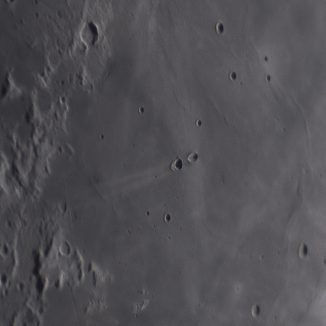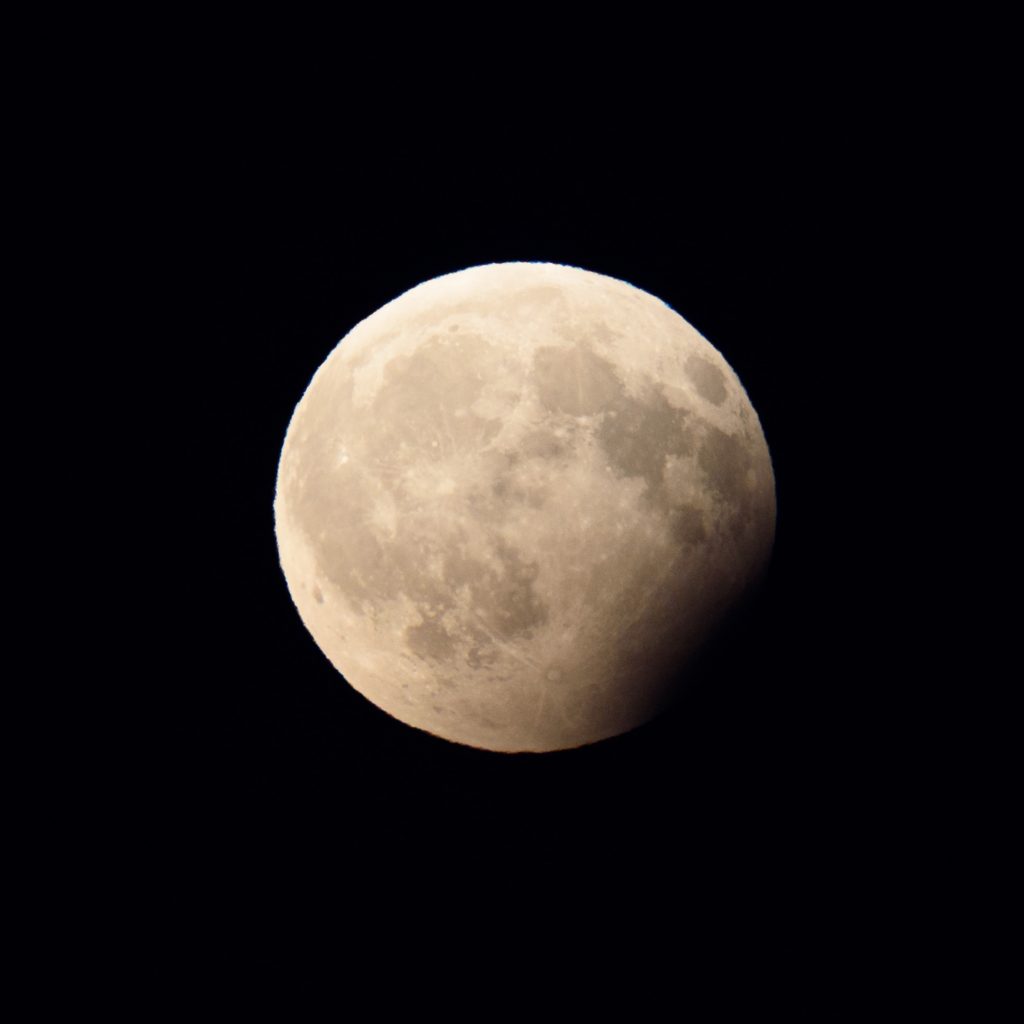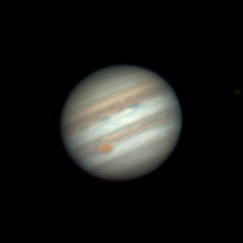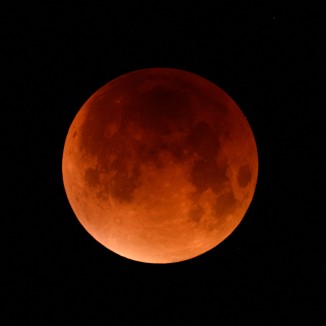Last night I photographed the same lunar regions through 3 different telescopes:
- Astro-Professional 80mm ED f/7
- Astro-Physics 127mm f/8 refractor
- GSO 200mm f/5 Newtonian
Last night I photographed the same lunar regions through 3 different telescopes:
Today I pointed the 20cm Newtonian telescope again towards the moon. Shortly after first quarter quite a few nice landscapes are visible.
All images were captured as 120s AVI files using a 3x Barlow lens and the QHY5IIc camera.

The 20cm Newtonian telescope in combination with the Televue 3x Barlow show a wealth of detail on the moon.

I haven’t photographed the moon at this age, so here are some new lunar features for me. Read More
Two weeks before the moon will eclipse the sun, the moon was partially eclipsed by the Earth’s shadow
I had to turn around, when the road to my observing location was blocked, then I rushed to another spot, to find clouds on the horizon blocking the view for quite a while. But finally the still eclipsed moon emerged from the clouds and I was able to take some quick shots.

I used my 80mm refractor and a 300mm lens for the images.
Read More
Yesterday evening I was able to use the stable seeing shortly after sunset for some images of the moon:
Jupiter is near opposition this April, here is the view from April 9th:
Even when the moon is almost full (95% in this case) there are interesting features to be found near the terminator:
23rd October 2015
127mm f/8 AP refractor, Televue 3x Barlow, QHY5L-II color CMOS camera, stacked in Autostakkert, processing in Photoshop.

The September 28th total lunar eclipse was very impressive, as it turned out to be a very dark one, and for once, it happened in a perfectly clear sky.